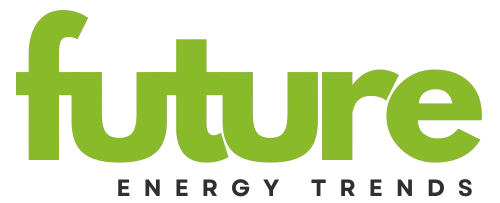How to Choose and Install a Wind Turbine at Home
Renewable energy is becoming increasingly popular, and one of its most accessible forms is wind energy. With the advancement of technology, it is now possible to harness this energy on a small scale, even in domestic settings. In this article, we will explore how wind turbines work, the different types available, and how to choose the right turbine for your needs.
What is a Wind Turbine?
A wind turbine is a device that converts the kinetic energy of wind into electrical energy. It consists of a rotor, a generator, and a tower. The rotor, made up of blades, spins when the wind blows, and the generator converts this rotational movement into electrical energy.
Types of Wind Turbines
HAWT (Horizontal Axis Wind Turbine)
HAWTs are the most popular type of wind turbines. The rotor is mounted horizontally and spins in a plane perpendicular to the tower. These turbines are efficient and effective in producing energy, especially on a large scale.

Advantages:
- High energy efficiency
- Proven technology
Disadvantages:
- Require suitable space and height
- Can be noisy
VAWT (Vertical Axis Wind Turbine)
VAWTs have a vertically mounted rotor, allowing them to operate regardless of wind direction. They are often chosen for urban applications and small-scale use.

Advantages:
- Can be installed in areas with variable wind direction
- Quieter operation
Disadvantages:
- Lower efficiency compared to HAWTs
- Less availability in the market
Wind Turbines for Home Use
When considering installing a wind turbine at home, you have several options. Small wind turbines can provide enough energy to power some household devices or even the entire household.
Small Wind Turbine
Wind turbines are designed for generating energy on a small scale. They can be used to power homes, agricultural buildings, and even boats.
Advantages:
- Low installation and maintenance costs
- Can be integrated with existing energy systems
Disadvantages:
- Limited power output
- Requires suitable wind conditions
Home Wind Turbine
Home wind turbines can significantly reduce electricity bills. Combined with other renewable sources, such as solar panels, they can provide complete energy independence.
Advantages:
- Reduced energy costs
- Eco-friendly energy source
Disadvantages:
- High initial cost
- Required permits and inspections
How to Choose the Right Wind Turbine?
Choosing the right wind turbine depends on several key factors:
Location
First and foremost, assess the wind conditions at your location. The stronger and more stable the wind, the more efficient the turbine will be.
Size and Power of the Turbine
Small wind turbines are available in various sizes and power ratings. It is important to match the turbine’s power output to your energy needs. Small wind turbines with power ratings from 1 kW to 10 kW are usually sufficient for single-family homes.
Cost
The cost of installing a wind turbine can vary greatly depending on its size and technology. It is also important to consider maintenance costs and any potential subsidies or tax incentives.
Compliance with Regulations
Before purchasing and installing a wind turbine, check local regulations regarding renewable energy installations. You may need a building permit or other formalities.
Installation and Maintenance of a Wind Turbine
Installing a wind turbine requires proper preparation and planning. Here are the steps to take:
Site Assessment
Consult with an expert who can assess the wind conditions and help choose the right site for installation.
Purchase and Installation
Choose the appropriate turbine and order installation through a certified company. Professional installation ensures safety and efficiency.
Connection to the Grid
If you plan to connect the turbine to the power grid, contact your energy provider to obtain all necessary approvals and technical requirements.
Maintenance
Regular inspections and maintenance are crucial for the longevity and efficiency of the wind turbine. Regularly check the condition of the blades, generator, and other components.
The Future of Wind Energy
Wind energy has enormous potential, especially in the context of growing demand for renewable energy sources. Technological innovations are making wind turbines increasingly efficient and accessible, even for individual users.
Small wind turbines can play a key role in the future of energy, providing energy independence and reducing CO2 emissions. Combining different renewable sources, such as wind and solar energy, allows for the creation of a balanced and sustainable energy system.
Installing a wind turbine at home is an investment that can bring many benefits, both financial and environmental. Choosing the right type of turbine, its size and power, as well as professional installation and regular maintenance, are key to the success of this venture.
Wind energy is the future, and it is available today. With proper planning and investment, anyone can become part of this green revolution and contribute to the protection of our planet.
READ MORE: What is a Home Wind Turbine?


